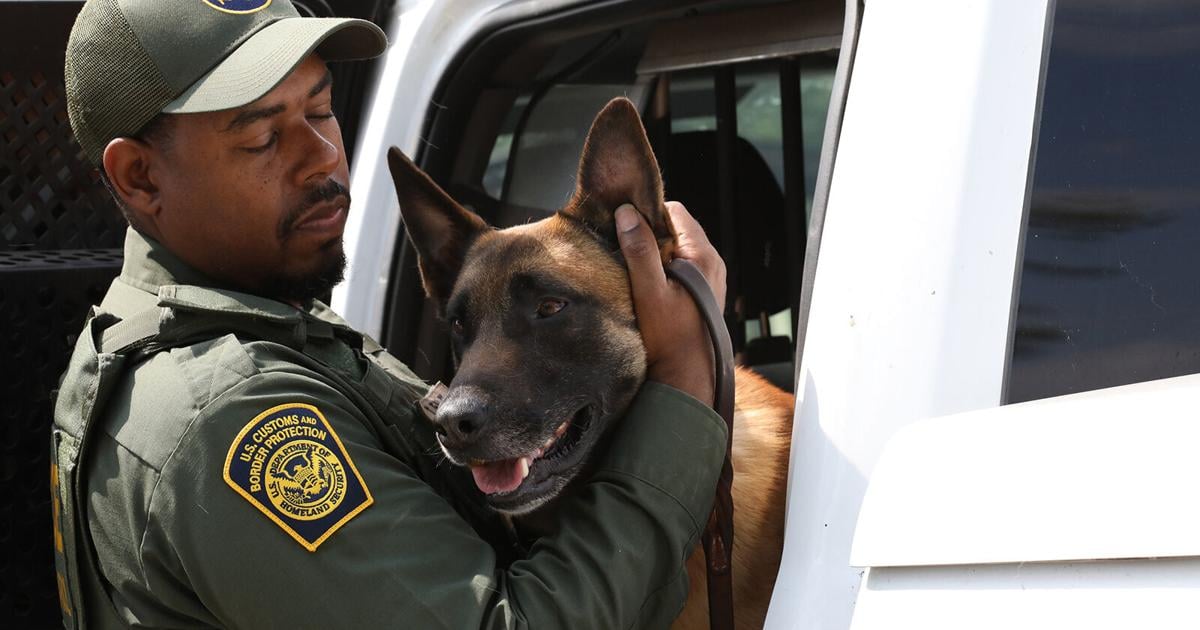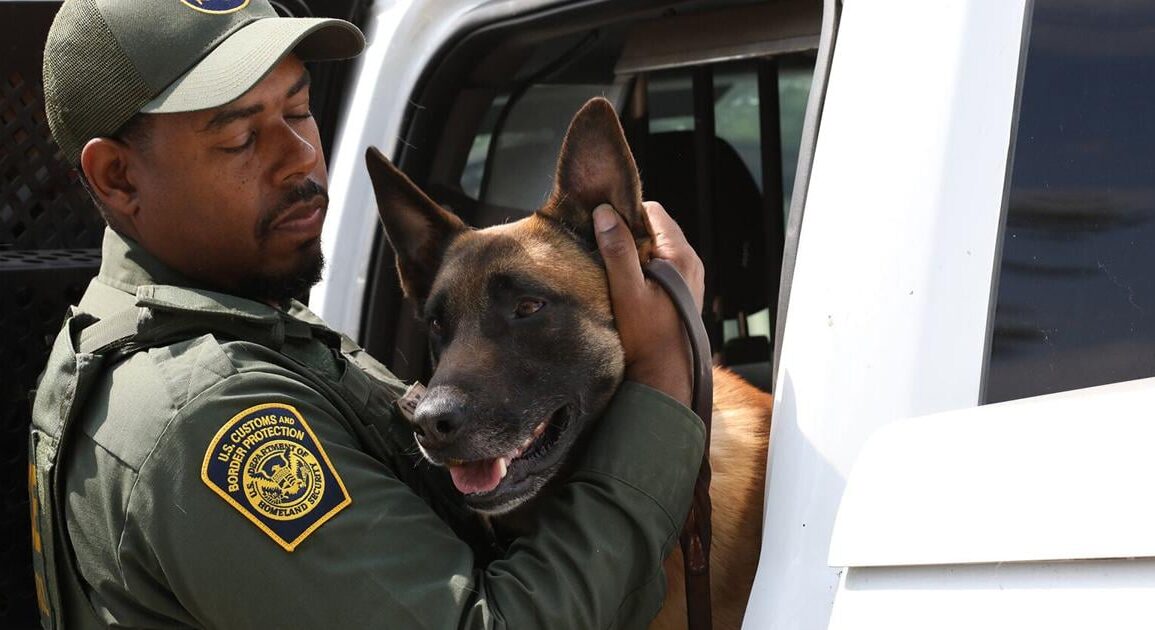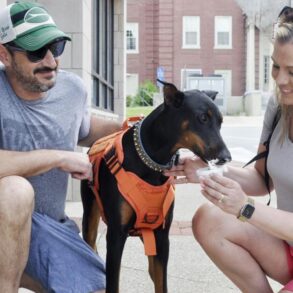
SAN DIEGO — U.S. Customs and Border Protection (CBP), San Diego Field Office is advising the traveling public that the U.S. Centers for Disease Control and Prevention (CDC) requirements for dogs entering the U.S. will change Aug. 1.
“Effective August 1st, the CDC’s new dog importation requirements will be implemented to safeguard public health,” said Sidney K. Aki, CBP Director of Field Operations for the San Diego Field Office. “While these changes are essential, travelers can rest assured that wait times at the ports of entry will not be impacted. We urge everyone to familiarize themselves with the new requirements to ensure a smooth and efficient travel experience.”
On May 13, CDC published its new dog importation regulations. The Rule will not go into effect until Thursday, August 1st, after the temporary suspension ceases on July 31. More information can be found at www.cdc.gov/dogtravel.
CBP encourages the public to utilize the website to access CDC’s new DogBot tool to determine what rules apply to your dog based on the dates of travel and where your dog is traveling from.
Failure to meet all entry requirements must result in the dog being denied entry and returned to Mexico, the CBP warned.
A dog originating from Mexico, and which has not visited a rabies high-risk country in the last six months will need to meet the following requirements: It will need to be at least 6 months old, have an International Organization for Standardization (ISO)-compatible microchip at the time of travel, a CDC Dog Import Form receipt and a Certification of Foreign Rabies Vaccination and Microchip, a Certification of U.S.-issued Rabies Vaccination endorsed by USDA before the dog departs the United States, a Valid USDA-endorsed export health certificate, or a Certification of Dog Arriving from DMRVV-free or Low-Risk Country.
Certification of Foreign Rabies Vaccination and Microchip must be endorsed by an official veterinarian of the dog rabies-free or low-risk country where the dog has been located; and either a valid rabies serology titer or veterinary records (including the microchip number) for the dog in that country rabies-free or low-risk for the previous six months. The form must be completed within 30 days before arrival to the United States.
Valid USDA-endorsed export health certificate is either for the dog rabies-free or low-risk country where the dog’s return itinerary originated (the form will only be valid for 30 days and one U.S. entry if it does not contain rabies vaccination information) or documents a valid (unexpired) rabies vaccination administered in the United States (the form will be valid for the duration of the rabies vaccination (1 or 3 years).
Certification of Dog Arriving from DMRVV-free or Low-Risk Country form must be endorsed by an official veterinarian in the exporting country; and valid rabies serology titer or veterinary records (including microchip number) for the dog in that dog rabies-free or low-risk country for the previous six months.
Foreign export certificate that documents the dog is at least six months of age and its ISO-compatible microchip number and has been certified by an official veterinarian of the exporting country; and veterinary records (including microchip number) for the dog from the exporting dog rabies-free or low-risk country for the previous six months.
The new regulation is an effort to expedite and standardize the process at arrival as required documentation is to be gathered prior to arrival, the CBP said.
According to the CDC, the International Organization for Standardization (ISO)-compatible microchip must have been implanted prior to any required rabies vaccination and its number must be documented on all required forms and in all accompanying veterinary records.
“Dogs may not enter the United States if they are carrying a disease contagious to people,” the CDC website reads. “Isolation of the dog, veterinary examination, and additional testing, at the importer’s expense, may be required to determine if the dog has a contagious disease and prevent spread if the dog does not appear healthy upon arrival.”
Also, the CDC said the Dog Import Form should be filled out online ideally from two to 10 days before arrival, or can be completed right before travel at the border crossing if owner has internet access.
According to the CDC, all information, including port of entry where the dog is arriving, must be correct at time of arrival.
The form requires owners to upload a clear photograph of the dog showing its face and body. Dogs that will be less than one year of age at time of arrival should have the photograph taken within 10 days before arrival.
There is no charge to importers for submitting this form, the CDC website reads.
“Dogs that do not meet all entry requirements or do not have accurate and valid forms will be denied entry to the United States and returned to the country of departure at the importer’s expense,” the CDC website reads. “These requirements apply to all dogs, including service dogs and dogs that were born in the United States.”
Additional information can be found at https://www.cdc.gov/importation/bringing-an-animal-into-the-united-states/dogs-entering-us-after-august-1.html#low-risk.
This post was originally published on this site be sure to check out more of their content.













































